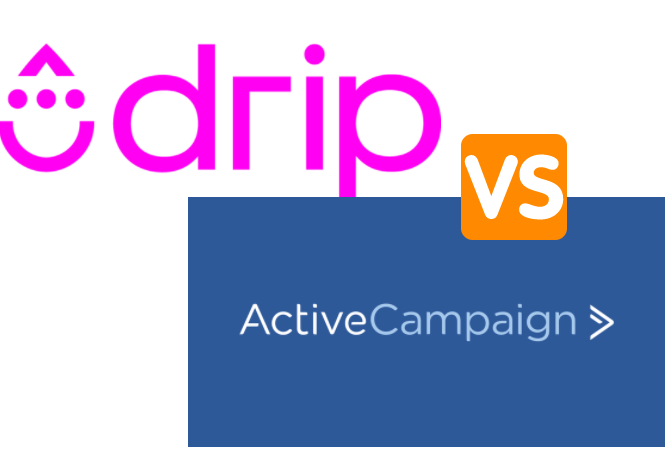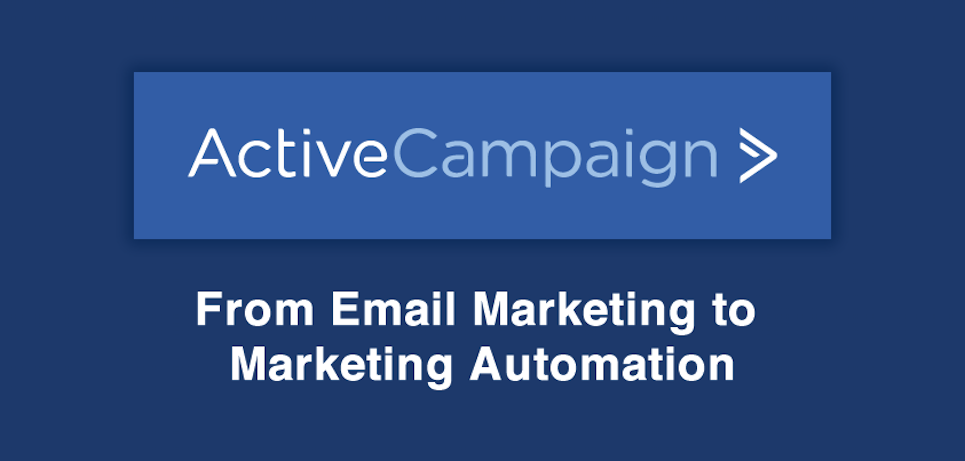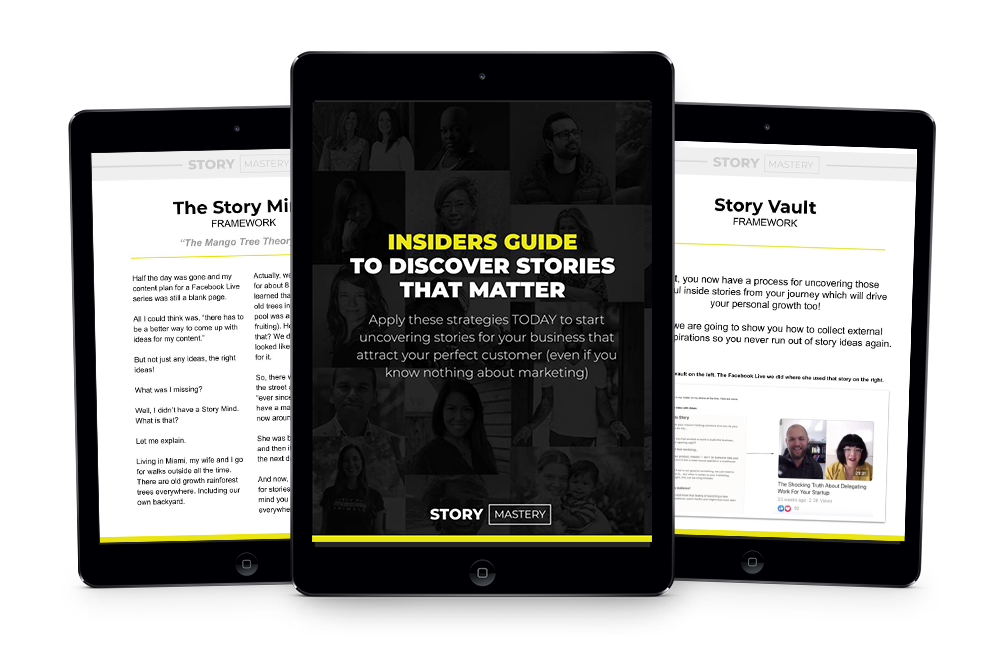
I recently decided to upgrade from an old-school autoresponder to a modern solution. After some research, I selected Drip vs. ActiveCampaign for a head-to-head comparison. Let’s see how these two compare, shall we?
Introduction to Drip

Drip is the newer of the two. It caught my attention when Leadpages acquired the company. Drip is a quirky but powerful marketing platform that focuses on speed and ease of use. This is also what I focus on when selecting software tools.
Introduction to Activecampaign

A comparative dinosaur in tech years, ActiveCampaign launched in 2003. A full 10 years before Drip. They used their head start to develop a sophisticated platform for intelligence-driven marketing. That is what I like to hear because my previous solution left me blind. Trapping me in a system in which every subscriber in a given segment would receive the same message. Having the subscriber’s name in an email doesn’t count as personalization. Everybody under the age of 60 understands that does not constitute a true personal touch.
Who is this for?
Activecampaign for relationship marketers
I decided to test ActiveCampaign first because their guiding philosophy resonated with me.
Selling services is all about personal relationships.
This is not helped when my subscribers receive a mass message where I am trying to speak to every one of them as a group. Instead, I should be speaking to them as the individuals that they are. This left me sending out unfocused, general messages.
These were profitable but must have lacked emotional impact. They may have also turned off a lot of people. Sending these mixed signals may have had a damaging effect on my business. Especially because some of what I say is relevant but much of it is not. I could imagine clients wondering whether I understood their needs. And if I don’t understand their needs, why should they do business with me?
ActiveCampaign helped me repair the lack of personalization in my email marketing system. It helped me to send potential clients messages based on what I have learned about them. I was able to personalize my messages in both content and timing. This meant that individual messages are specific to single subscribers.
The platform helps me give people more of what they want through a better understanding of who they are. This improvement in relevancy translated to improved engagement. Providing more sales and better relationships. I found that people were more willing to read my emails and respond to my well-targeted calls to action.

Drip, perfect for E-commerce
A significant part of my earnings come from e-commerce. A big part of e-commerce is plugging revenue leaks. The biggest leak occurs when a buyer drops out of the shopping process with items in their basket. This is cart abandonment. I was able to use trigger links for effective follow up with people who left a full basket without buying.
And for my online courses, I am able to provide a more self-paced learning experience. Trigger links allow me to send emails based on how far a learner has progressed along the learning path.
Things get even better with events. They differ from tags by recording dates, as the name suggests. It also tracks the number of times an event happens. Events are useful because I can apply a single event, such as “purchased toner”, to a subscriber many times. Whereas I can only apply a tag like “toner customer” once. I use events tagging on the e-commerce side to send emails to repeat customers. For instance, somebody may buy a certain product three times in a month. In this case, they get an email offering an exclusive bulk discount. This is huge for profitability. Instead of making blind offers, I’m able to send deals that make sense to each individual.
Pros and Cons
ActiveCampaign
ActiveCampaign stood out most when I combined the tagging system with website visitor tracking. This cool feature allows me to tag my subscribers based on their behavior on my website. This provides a level of insight that was impossible outside of a lab environment. I was able to get more specific with my marketing messages. This was an unprecedented opportunity to leverage reliable behavioral data into profitable offers.
On the downside, ActiveCampaign’s list management is almost too flexible. I’m sure as I become more skilled using these tools I will look back at this criticism and scoff. At the moment, I do find myself often overwhelmed by the options and how complex the automation can get. I don’t yet have a good system for keeping everything straight.
Drip
The big advantage of Drip is that it packs a large number of complex capabilities into a simple toolset. It does so much but without a lot of the lag that I experienced with ActiveCampaign. It’s also intuitive, even though Drip doesn’t use lists it still somehow makes more sense. This is especially true if you have a background as a relationship minded marketer. If you’re not used to relationship marketing then you may experience a bit of a learning curve. But, if you have a few years of marketing experience under your belt then you can make the most out of Drip.
Although I enjoyed the power and speed of Drip. The only thing that lets it down is that it’s one of the most expensive email marketing tools in its class. If money is a factor, I recommend sticking with ActiveCampaign. It’s not as smooth or as quick as Drip but it has everything you need to run a profitable marketing campaign. But, if you need a solution that is powerful and fast, Drip is worth the money.
Costs
| Drip | Costs | ActiveCampaign | Costs |
| Starting price | Free | Starting price | $9 |
| 2.5k contacts | $41 | 2.5k contacts | $29 |
| 10k contacts | $149 | 10k contacts | $70 |
| 25k contacts | $254 | 25k contacts | $135 |
| 100k contacts | $779 | 100k contacts | $415 |

Selected Integrations: Drip vs. ActiveCampaign
| Drip | ActiveCampaign |
| 1ShoppingCart | Drupal |
| 3dcart | |
| Coupon Carrier | Google Analytics |
| Fastspring | LeadsBridge |
| Fomo | Magento |
| Gumroad | Salesforce Sales Cloud |
| Justuno | Shopify |
| Nanacast | Slack |
| Salesforce Sales Cloud | SugarCRM |
| SamCart | |
| SendOwl | WooCommerce |
| Shopify | WordPress |
| Thrivecart | Xero |
| WooCommerce | Zapier |
Standout Features
ActiveCampaign
ActiveCampaign was the more familiar of the two to me because it makes use of both lists and tags. In that way, it reminds me more of the old autoresponders I’m used to working with. This meant that managing list segmentation was intuitive for me. The tagged list approach appeals to me because I have more control over subscribers.
For example, I can manage many lists with multiple tags. This enhances the personalization of my campaigns. There is also a lot of flexibility in list management. I appreciated that I did not need to make manual changes. I had the option to tag in bulk and make use of automatic behavioral tagging.
Automation is a major benefit of ActiveCampaign. I found the automation workflows feature very logical to use although a bit slow. It allowed for the automatic tagging of subscribers based on a broad range of actions. For example, I have been creating link-specific tags. That is not a general “clicked link” tag but a unique tag for each unique link. This is what I call deep behavioral personalization. ActiveCampaign gives me this superpower right there within the email editor.
Drip
Drip takes a very different approach to subscriber management. It took me some time to get used to their events and tags idea. Drip does not use lists so the only way to organize subscribers is through tagging. I could apply these by hand. But, after all the fun I had with ActiveCampaign, I became eager to try Drip’s automation workflows. I was very impressed. Drip made it easy for me to configure behavior-based tagging. I was able to go into minute detail on the historical behavior of my subscribers.
Drip has an interesting little feature called trigger links. This allows me to create special links that can start automated actions within Drip. Using a single link in a bunch of different places gets confusing. This is especially true if you don’t keep track of where the link is used. Still, I found it easy to keep track of trigger links with Drip because they immediately appear in the trigger menu.
What I love most about this feature is time-saving. I would usually need to copy and paste tracking links manually. With the trigger menu, I can select from a convenient drop-down list. These links are very flexible. I was able to use them to replace many content links on my website. I like that the functionality is not limited to Drip emails.
Drip vs. ActiveCampaign: Who Wins?
ActiveCampaign stood out most when I combined the tagging system with website visitor tracking. This cool feature allows me to tag my subscribers based on their behavior on my website. This provides a level of insight that was impossible outside of a lab environment. I was able to get more specific with my marketing messages. This was an unprecedented opportunity to leverage reliable behavioral data into profitable offers.
On the downside, ActiveCampaign’s list management is almost too flexible. I’m sure as I become more skilled using these tools I will look back at this criticism and scoff. At the moment, I do find myself often overwhelmed by the options and how complex the automation can get. I don’t yet have a good system for keeping everything straight.
When Drip and ActiveCampaign go head-to-head, the best choice depends on your skill. Your experience matters more than any pros or cons I found testing either software. If you are a beginning or an intermediate marketer, i.e. you have less than five years of full-time experience. Meaning you have less than 40 hours a week running digital marketing campaigns over the last 5 years. In this case, I would recommend ActiveCampaign to you.
But, if you have over 9,800 hours of professional marketing experience, you are an expert. In this case, Drip will be one of the most powerful pieces in your toolset.






